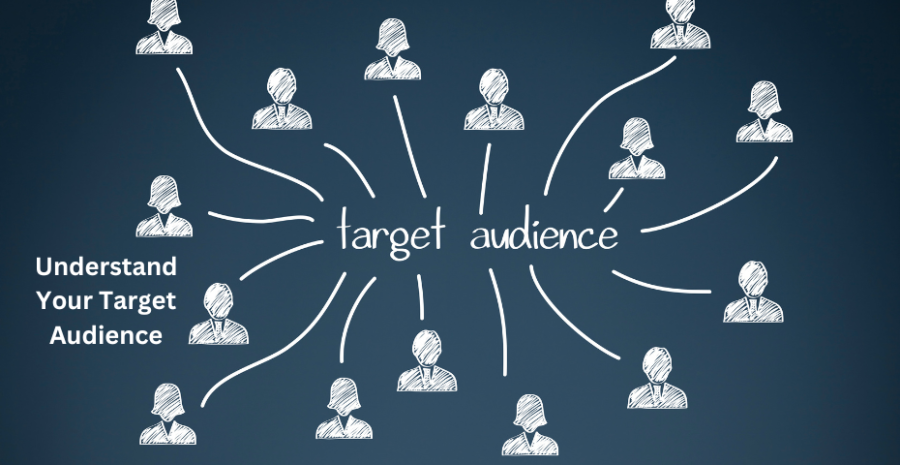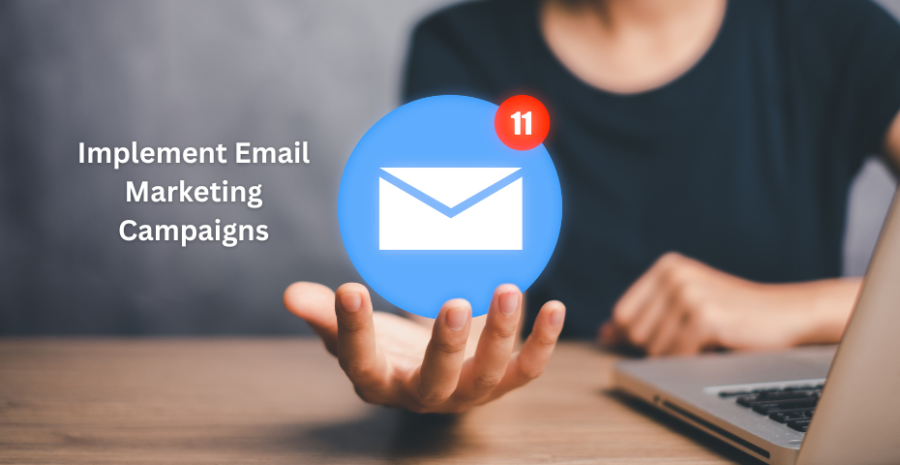
The Ultimate Marketing Plan: How to Attract New Customers and Drive More Sales

In today’s highly competitive market, businesses are constantly searching for innovative ways to attract new customers and drive more sales. The key to achieving these goals lies in a well-structured, ultimate marketing plan that combines traditional strategies with modern digital tactics.
Such a plan not only helps in reaching a broader audience but also ensures that your business stands out from the crowd. Whether you’re a startup or an established company, understanding the intricacies of creating a marketing plan is essential.
This blog will explore a comprehensive 12-point guide to help you develop an effective marketing plan. We will cover everything from understanding your target audience to leveraging social media and optimizing your sales funnel.
By the end of this guide, you’ll be equipped with the tools and insights needed to attract new customers and significantly boost your sales.

The cornerstone of any successful marketing plan is a deep understanding of your target audience. Knowing who your customers are, what they need, and what motivates them to make a purchase is crucial. Start by conducting market research to gather demographic data, psychographic information, and buying behaviors.
Create detailed buyer personas that represent your ideal customers. This will allow you to tailor your marketing messages to resonate with them on a personal level.
Understanding your audience’s pain points and preferences will enable you to position your products or services as the perfect solution, making your marketing efforts more effective and increasing your chances of converting leads into loyal customers.

Setting clear and measurable goals is essential for the success of your marketing plan. Without defined objectives, it’s impossible to gauge the effectiveness of your efforts or determine whether you’re on the right track.
Begin by establishing specific, measurable, achievable, relevant, and time-bound (SMART) goals.
These could range from increasing website traffic by a certain percentage to achieving a specific number of new customers within a set timeframe. Having clear goals not only provides direction but also helps in allocating resources efficiently.
Regularly reviewing and adjusting these goals based on performance will ensure that your marketing strategy remains aligned with your overall business objectives.
.png)
Your Unique Value Proposition (UVP) is what sets your business apart from the competition. It’s the compelling reason why customers should choose your product or service over others in the market.
Crafting a strong UVP requires a deep understanding of your product’s unique features and benefits, as well as the specific needs of your target audience.
Your UVP should be clear, concise, and communicated consistently across all marketing channels. By highlighting what makes your business special, you can attract new customers who resonate with your value proposition and are more likely to make a purchase.

Content is king in the digital marketing world, and having a comprehensive content strategy is vital for attracting and retaining customers.
Your content should be tailored to address the needs and interests of your target audience at every stage of the buyer’s journey. This includes creating blog posts, videos, infographics, and other forms of content that provide value, educate, and engage your audience.
Regularly publishing high-quality content not only helps in building trust and authority in your industry but also improves your website’s SEO, making it easier for potential customers to find you online.
A well-executed content strategy can drive significant traffic to your site and convert visitors into paying customers.
.png)
Social media platforms offer a powerful way to connect with potential customers and promote your brand.
With billions of active users across platforms like Markethive ( The first Network on Blockchain), Facebook, Instagram, Twitter, and LinkedIn, social media marketing allows you to reach a vast audience at a relatively low cost.
Start by identifying the platforms where your target audience spends most of their time. Then, create engaging and shareable content that aligns with their interests and preferences.
Use paid advertising options, such as Facebook Ads or LinkedIn Sponsored Content, to further amplify your reach.
Social media also provides an excellent opportunity to engage with your audience in real-time, building relationships and fostering loyalty.
.png)
Your website is often the first point of contact between your business and potential customers. Therefore, it’s crucial to ensure that it’s optimized for conversions. This means creating a user-friendly design, providing clear calls to action (CTAs), and ensuring that your site loads quickly.
A well-optimized website should guide visitors seamlessly through the buyer’s journey, from landing on your site to making a purchase.
Use tools like A/B testing to experiment with different layouts, headlines, and CTAs to see what resonates best with your audience.
Additionally, ensure that your website is mobile-friendly, as an increasing number of users access the internet via smartphones and tablets.
.png)
Search Engine Optimization (SEO) is a critical component of any successful marketing plan. SEO involves optimizing your website and content to rank higher in search engine results pages (SERPs), making it easier for potential customers to find you.
Start by conducting keyword research to identify the terms and phrases your target audience is searching for. Then, incorporate these keywords strategically into your website content, blog posts, and meta descriptions.
Building high-quality backlinks from reputable sites can also improve your search rankings. Regularly monitoring your SEO performance and making necessary adjustments will ensure that your site remains visible and competitive in the ever-changing search landscape.

Email marketing remains one of the most effective ways to nurture leads and drive sales. By building a targeted email list, you can communicate directly with potential customers, providing them with valuable content, special offers, and personalized recommendations.
Segment your email list based on factors such as customer behavior, purchase history, and demographics to ensure that your messages are relevant and engaging.
Use automation tools to send timely follow-ups, abandoned cart reminders, and post-purchase emails. A well-crafted email marketing campaign can help you stay top-of-mind with your audience, encouraging repeat business and increasing customer lifetime value.
%20Advertising.png)
Pay-Per-Click (PPC) advertising is a highly effective way to drive targeted traffic to your website and generate leads quickly.
Platforms like Google Ads and Bing Ads allow you to bid on keywords that your potential customers are searching for. When done correctly, PPC can deliver a high return on investment (ROI) by attracting qualified leads who are ready to make a purchase.
To maximize the effectiveness of your PPC campaigns, ensure that your ads are highly relevant to the keywords you’re targeting and that your landing pages are optimized for conversions.
Regularly monitor and adjust your campaigns to improve performance and reduce costs.
.png)
Customer Relationship Management (CRM) is crucial for maintaining and nurturing relationships with your customers.
A robust CRM system allows you to track interactions, manage leads, and personalize communication, ensuring that your customers feel valued and understood.
By leveraging CRM data, you can identify patterns and trends that can inform your marketing strategy. For example, if you notice that certain customers are more likely to respond to specific offers, you can tailor your campaigns accordingly.
Building strong relationships with your customers not only increases their loyalty but also encourages them to refer your business to others, driving new customer acquisition.

No marketing plan is complete without regular analysis and optimization. By continuously monitoring your marketing efforts, you can identify what’s working and what’s not, allowing you to make data-driven decisions.
Use analytics tools like Google Analytics to track key metrics such as website traffic, conversion rates, and customer acquisition costs.
Regularly review your marketing campaigns to assess their effectiveness and make necessary adjustments.
This iterative process of testing, learning, and optimizing ensures that your marketing plan remains agile and responsive to changes in the market, ultimately driving better results and higher ROI.

While attracting new customers is essential, retaining existing ones is equally important. It’s often more cost-effective to keep a current customer than to acquire a new one.
Develop strategies to improve customer satisfaction and loyalty, such as offering excellent customer service, creating loyalty programs, and regularly engaging with your customers through personalized communication.
By focusing on customer retention, you can increase customer lifetime value and encourage repeat business, which is crucial for long-term success.
Satisfied customers are also more likely to become brand advocates, helping you attract new customers through word-of-mouth referrals.
Creating the ultimate marketing plan requires a balanced approach that combines traditional and digital marketing strategies. By understanding your target audience, setting clear goals, and leveraging various marketing channels, you can effectively attract new customers and drive more sales.
It’s also essential to regularly analyze and optimize your efforts to ensure continued success.
The 12 points outlined in this guide provide a comprehensive framework for developing a marketing plan that not only boosts customer acquisition but also fosters long-term growth and profitability.
Remember, the key to a successful marketing strategy lies in continuous learning, adaptation, and a deep commitment to meeting your customers’ needs.
With the right plan in place, your business can thrive in even the most competitive markets.
.png)
About: Andries vanTonder (65)
Over 45 years selfemployed
He is a Serial Entrepreneur, an Enthusiastic supporter of Blockchain Technology and a Cryptocurrency Investor
Find me: Markethive Profile Page | My Twitter Account | My Instagram Acount | and my Facebook Profile.
